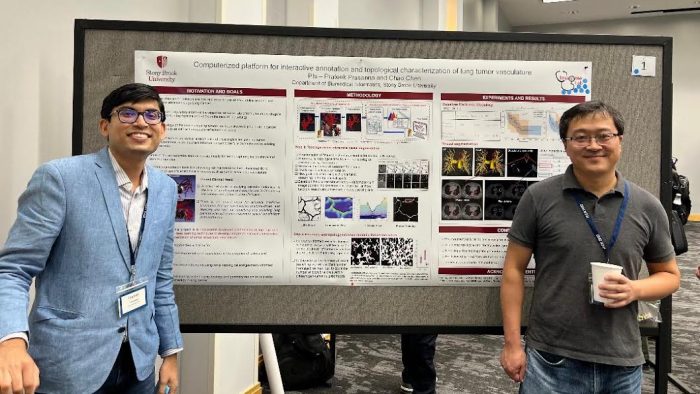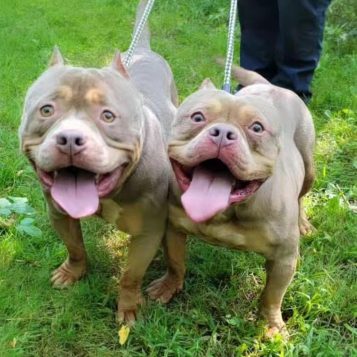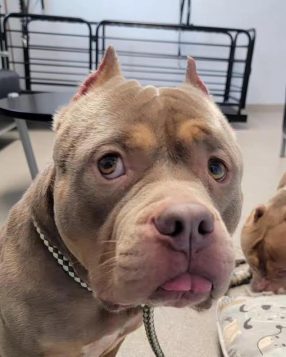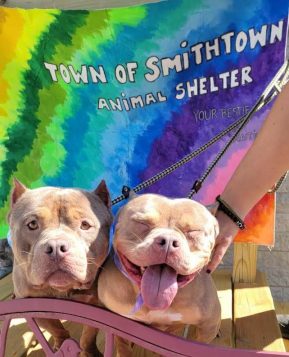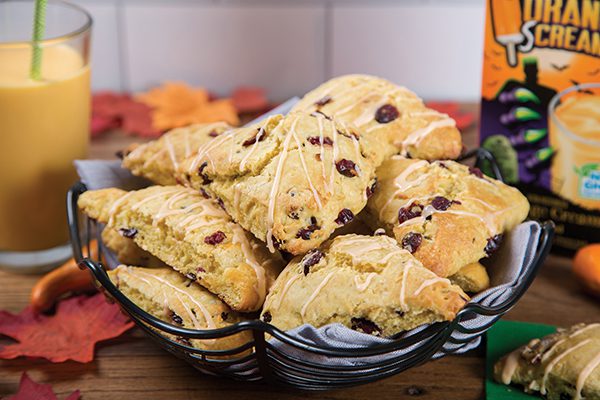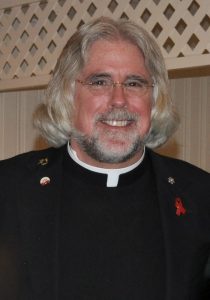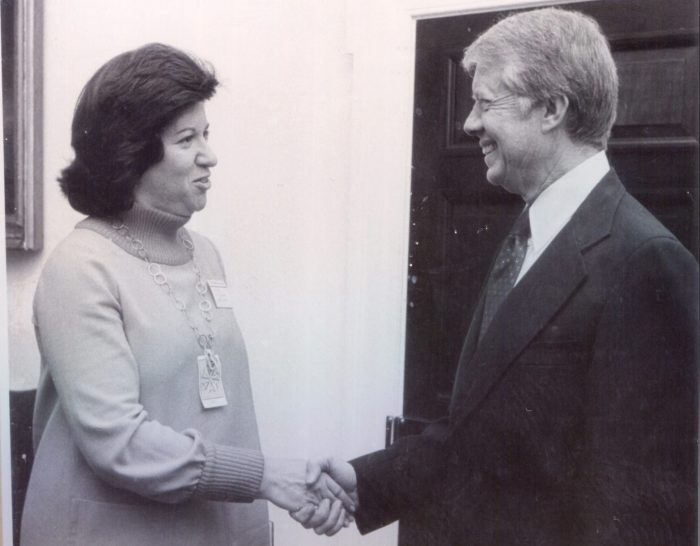By A. Craig Purcell, Esq.

The era of self-driving vehicles is now upon us. Presently fourteen states have passed legislation or issued executive orders permitting the testing and operation of autonomous vehicles either with or without human drivers. These states have differing levels of regulations, but they generally allow for testing, and in some cases, full deployment of automated driving systems. For illustration, we have included a chart below.
As self-driving vehicles shift from science fiction to reality, the implications for traffic laws are profound. For lawyers and drivers alike, understanding these changes isn’t just academic; it’s becoming essential. For example: who’s at fault when a driverless vehicle in involved in an accident? How do we enforce traffic laws on vehicles that don’t make mistakes? And what does all this mean for insurance coverage?
Who’s responsible when no one’s driving?
Imagine this: a fully autonomous vehicle (AV) gets into a fender-bender. The “driver” was reading a book, and the car was doing all the work. Who’s at fault?
Traditionally, liability falls on the driver, but when a car is self-driving, things get murky. Are we looking at a case of product liability, where the car manufacturer could be responsible, or does the blame shift to the software developers if the problem was a coding error? Or is it ultimately still the driver’s fault?
This isn’t just a thought experiment. As cars become more automated, courts will have to decide whether traditional concepts of liability apply. Shifting responsibility from drivers to manufacturers could have far-reaching effects. Car companies might find themselves more frequently in court, and we could see new standards for vehicle safety and software updates.
Enforcing traffic laws in a driverless world
One of the selling points of AVs is that they should, in theory, eliminate human error. No more speeding or running red lights — just safe, compliant driving. But what happens when autonomous and human-driven cars share the road? The mixture in driving behavior could lead to unexpected problems.
Take, for example, a four-way stop. An autonomous vehicle is programmed to wait its turn, but what if human drivers—often more aggressive and impatient—don’t follow the rules? Who gets the ticket if there’s a collision? And how will traffic police adapt when the ‘drivers’ in these cars aren’t driving at all? The answer could lie in automated reporting, where AVs log and transmit data directly to authorities. But this raises privacy concerns and brings a whole new meaning to the term “big brother is watching.”
Changes in insurance and driver responsibility
If you’re sitting at the wheel of an AV, are you still considered a driver? This question could redefine driver responsibility. Currently, drivers are expected to stay alert, even in vehicles with high levels of automation. But as technology advances, that role could diminish. We might see the legal definition of a driver evolve, impacting everything from traffic tickets to DUI laws.
And what about automobile insurance? Today’s policies focus on human drivers—their history and behavior. But if the car, bus, or truck is driving, does your spotless record even matter? We could see a shift to policies that are more like product insurance, focusing on the vehicle and its technology rather than the person behind the (sometimes non-existent) wheel. Insurance could become bundled with the car’s cost, or we might see new types of policies that blend traditional auto insurance with product liability coverage.
Preparing for the future
Regulators are already taking steps to prepare for this brave new world. The National Highway Traffic Safety Administration (NHTSA) is working to develop guidelines. While states like California have begun to draft specific rules for AV testing and deployment. New York likely won’t be far behind.
Autonomous vehicles promise to revolutionize transportation, but they also present a host of practical questions.
A. Craig Purcell, Esq. is a partner at the law firm of Glynn Mercep Purcell and Morrison LLP in Setauket and is a former President of the Suffolk County Bar Association and Vice President of the New York State Bar Association.




